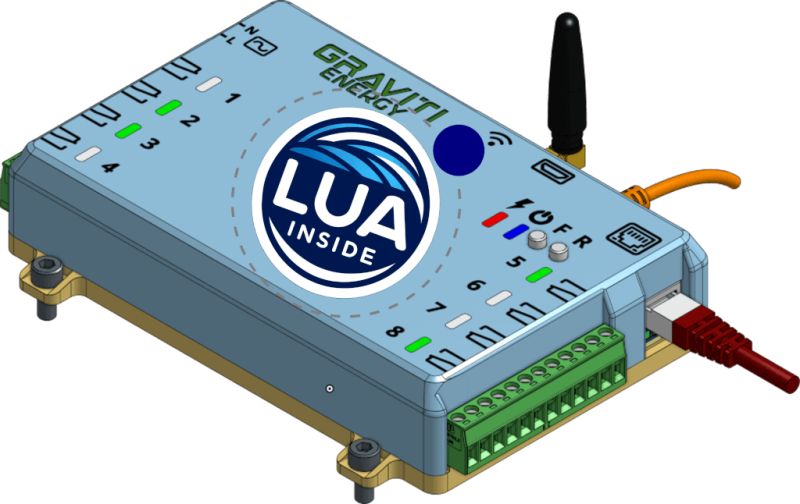Become a leader in the IoT community!
Join our community of embedded and IoT practitioners to contribute experience, learn new skills and collaborate with other developers with complementary skillsets.

Join our community of embedded and IoT practitioners to contribute experience, learn new skills and collaborate with other developers with complementary skillsets.


Hello guys I want to do a project where by I create a guide through and practical interaction section for programmers who are willing to go into the iot sector and use a board, protocol or microcontroller for the first time given them hands on experience and a foresight of what they’re about to start before full engaging, this is an example
https://GitHub.com/enthernetcode/beagleForBeginners
If you like this leave a reaction and a suggestion on what next I should work and a long with documentation links and blog I would use to source materials to work on it 👍


I think this is an awesome idea,especially for those who have had a lot of questions like “Should I use ESP or STM or AVR and how do I get started with those platforms or IoT/Embedded development?”
When you say you are looking for suggestions on what you should work on next, do you mean:
A. What development kit/platform should you work on next? Or
B. What feature of BeagleBone should you work on next?
Depending on the answer, we can do a poll.
A @techielew
Do you have any kits in mind for after this? Are you open to any architecture/class of device?
Hi, @enthernetcode I think creating some projects about connecting any non-wifi mcu to the IoT server. We can connect ESP-01/ESP8266/ESP32 (AT command mode) to any 8/32-bit MCU (AVR/PIC/ARM/RISCV) to provide internet connectivity. And then cover different use cases to demonstrate the use of popular protocols in projects. Liked the idea by @techielew picking one platform and creating projects around it.
How come people favor this approach, why not just use the ESP as the MCU?
And not need 2 mcus?
I’m not against ESP but still plenty of MCUs without Wifi capability in the market. So there are many people, especially from the non-consumer electronics side. Still prefer to use the main MCU which is non-ESP and ESP will be just to provide Wifi. (I mean the approach Arduino UNO R4 followed) IMO there are other reasons too.
@umeshlokhande I’d be keen to hear about the other reasons, I understand legacy work and migration situations, but I’ve sometimes seen new designs with this. I guess it just works so well..?
Hi @superbike_z right my friend migration and legacy works will cost time. And I don’t think either companies or consultants prefer it unless it is a major feature update.
True, turns out hardware is stickier than software, so legacy is really legacy.
ESP is still not mainstream for professional development. I think it makes sense as a bolt on.
Is this okay to start with.
Temperature and Humidity Monitoring System, using ESP-01 module (ESP8266) and 8-bit MCU (AVR/PIC/ARM/RISCV) @umeshlokhande
Yes, its a good starting point, and then connect more devices to it or find a way to run over the standalone battery and use low power modes, etc. just ideas
Hello @techielew @umeshlokhande I did a project guide on it, go through it and tell me your thoughts
https://github.com/Enthernetcode/TempratureHumidityMonitorForBeginners
Any other suggestions on which to do next @everyone
Which is weird considering that it is the only processor with a useful BSP — esp-idf. What the big providers such as NXP provide is just kludge. Here is an example of a professional ESP product we designed.

CONTRIBUTE TO THIS THREAD